The sweet smell of Spring is in the air, or is about to be. In celebration, we have put together a list of some of our favorite recent reads, along with some classics to help everyone get in the mood for heading back to school.
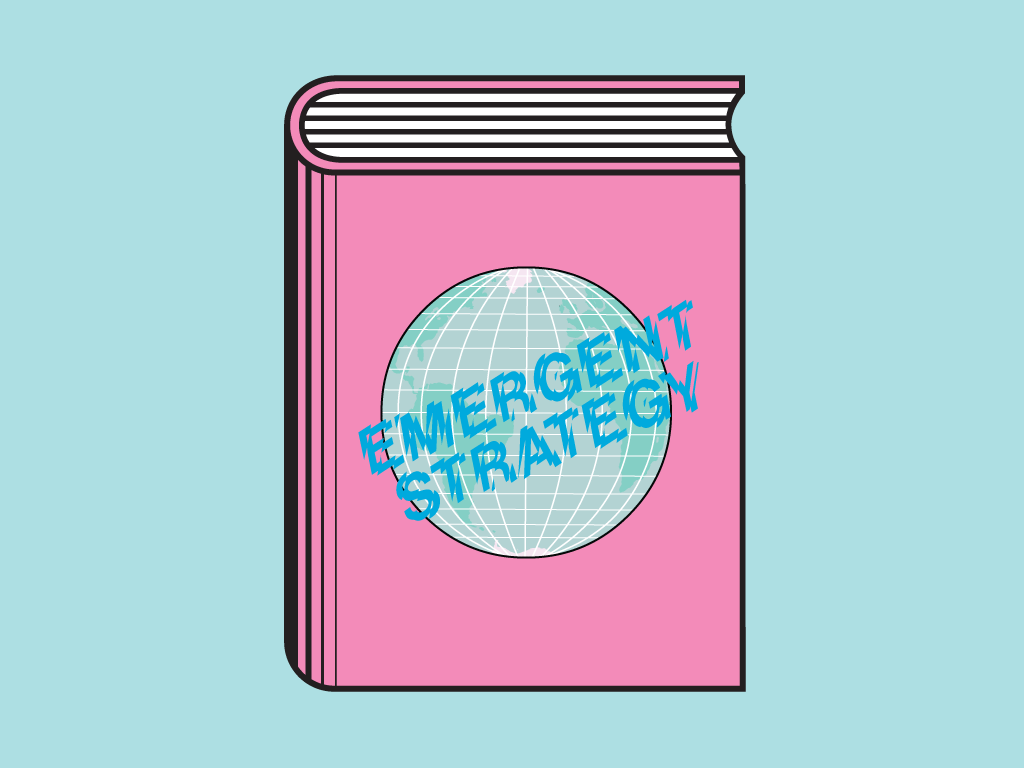
Nikki Juen suggests:
Emergent Strategy
Adrienne Maree Brown
“Things are not getting worse, they are getting uncovered. We must hold each other tight and continue to pull back the veil.” Adrienne Maree Brown
[from the book jacket] Inspired by Octavia Butler’s explorations of our human relationship to change, Emergent Strategy is radical self-help, society-help, and planet-help designed to shape the futures we want to live. Change is constant. The world is in a continual state of flux. It is a stream of ever-mutating, emergent patterns. Rather than steel ourselves against such change, this book invites us to feel, map, assess, and learn from the swirling patterns around us in order to better understand and influence them as they happen. This is a resolutely materialist “spirituality” based equally on science and science fiction, a visionary incantation to transform that which ultimately transforms us.
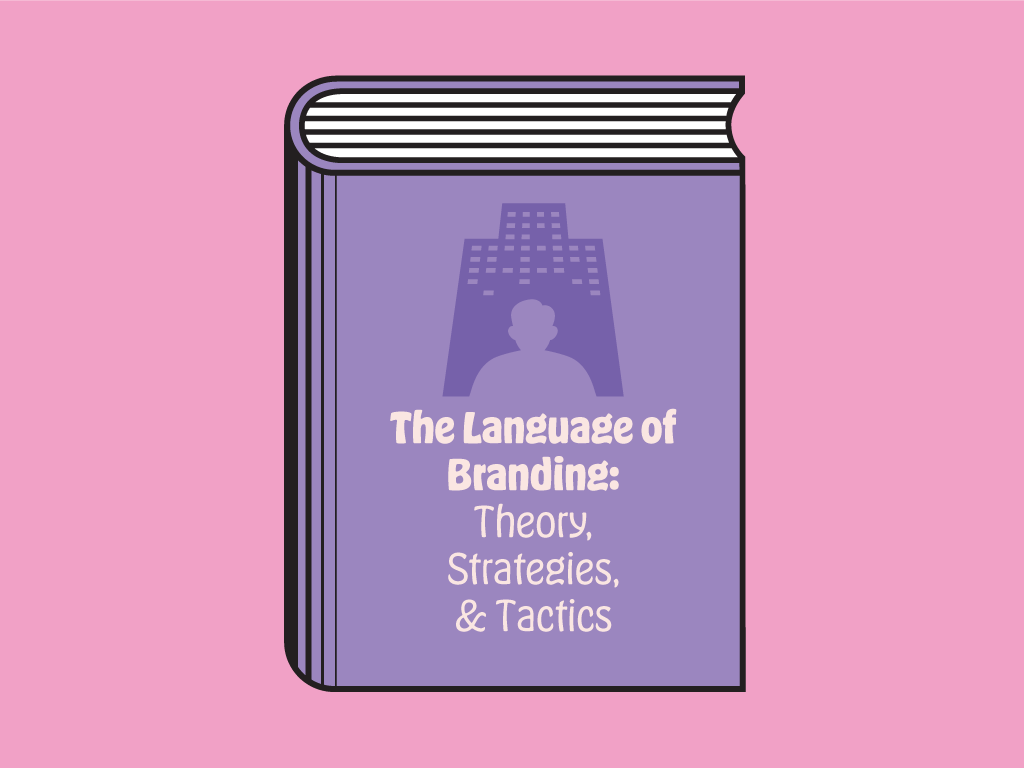
Dave Peacock suggests:
The Language of Branding: Theory, Strategies, and Tactics
Dawn Lerman, Robert J. Morais, and David Luna
The Language of Branding Theory, Strategies, and Tactics is an instructive look at the important role language plays in brand-building. This well-researched book highlights the many ways that language can establish, support, and enliven brands and brand strategy efforts. The writers approach the subject from a multi-disciplinary perspective encompassing marketing, consumer research and anthropology. Written in an accessible tone and supported by numerous real-world examples, this book will appeal to readers who are interested in gaining a deeper understanding of the brand development process.

Lorena Howard-Sheridan suggests:
Letter Perfect: The Marvelous History of our Alphabet from A to Z
David Sacks
An entertaining excursion through the history of the letterforms of our Alphabet. From the times of pictographs carved onto rock, all the way into their phonetic, stylish and printed splendor, each letter becomes—quite literally—the central character of a curious story of form, sound and meaning.
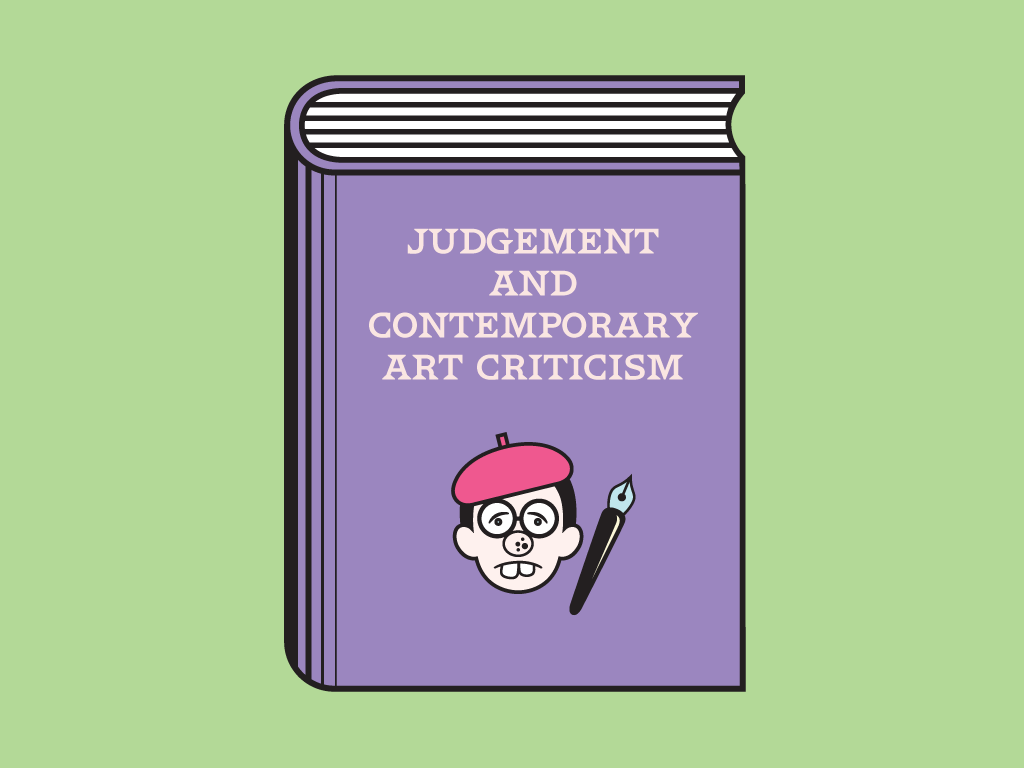
Ian Lynam suggests:
Judgement and Contemporary Art Criticism
Edited by Jeff Khonsary and Melanie O’Brien
This thin volume examines the role of judgement in art writing within the context of a renewed interest in contemporary art criticism. It includes perspectives from a number of contemporary critics, writers and academics looking at how art has had a general tide shift toward work that embraces criticality. There is a lot inside that designers could use in regards to thinking about contemporary criticism, as well as how they might like their work to be perceived. A great jumping-off point for folks interested in expanding notions of criticism, as it is chock full of references!

David Schatz suggests:
Tomorrow’s World
https://www.bbc.co.uk/programmes/p05h5sw6/episodes/downloads
Tomorrow’s World was a long-running BBC television series on new developments in science and technology. First transmitted on 7 July 1965 on BBC1, it ran for 38 years until it was cancelled at the beginning of 2003. The Tomorrow’s World title was revived in 2017 as an umbrella brand for BBC science programming that includes a superb podcast that explores the biggest questions in science and technology today, and (true to its nostalgic name) takes us through the world of tomorrow. The 12 part series examines how science can help solve some of the biggest issues that are changing our lives. Can humans transmit ideas and information directly to someone else’s brain? Can we morph our own intelligence with AI? Will cities one day become uninhabitable – and will floating cities be the solution to the problem?
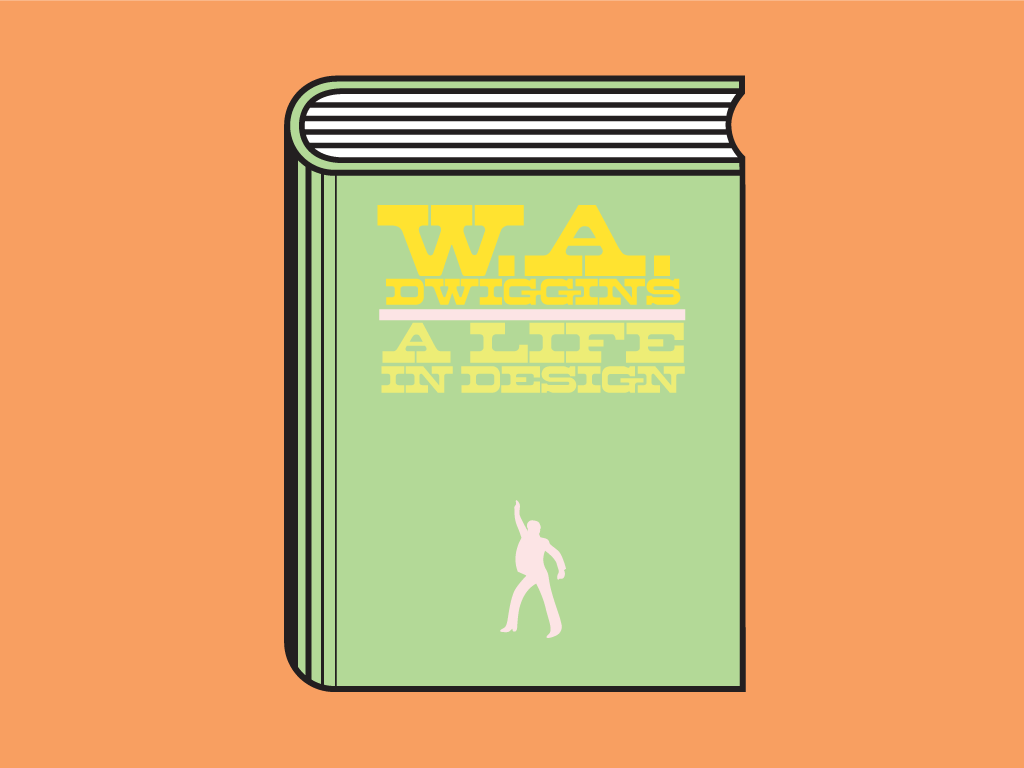
Matthew Monk suggests:
W. A. Dwiggins: A Life in Design
Bruce Kennett
William Addison Dwiggins, credited with coining the term Graphic Design, in 1922, was a prolific American type designer, calligrapher, book designer, and illustrator whose career spanned the first half of the 20th century. Until now, there has been a conspicuous absence of a definitive monograph on Dwiggins. This book, which beautifully presents Dwiggins’ visual work and writing, is the result of exhaustive research by the author Bruce Kennett, who is also its designer. Dwiggins himself comes to life as the charming, intelligent, inventive, playful, and driven maker he was.
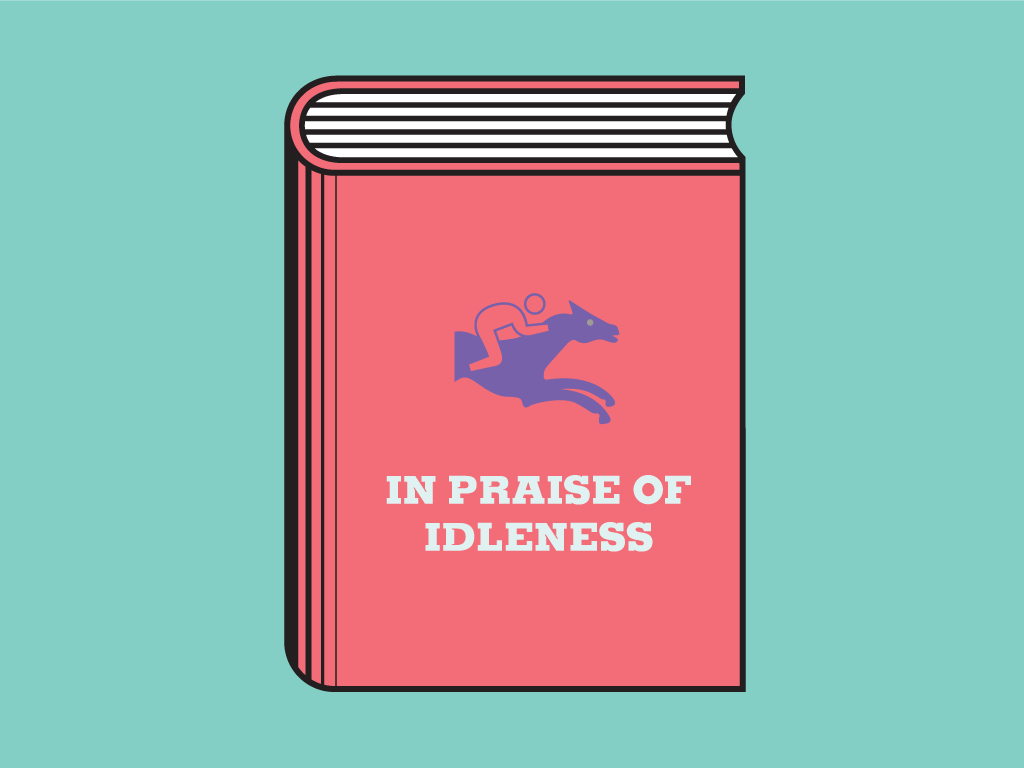
Yoon Soo Lee suggests:
In Praise of Idleness
Bertrand Russell
Intolerance and bigotry lie at the heart of all human suffering. So claims Bertrand Russell at the outset of In Praise of Idleness, a collection of essays in which he espouses the virtues of cool reflection and free enquiry; a voice of calm in a world of maddening unreason. From a devastating critique of the ancestry of fascism to a vehement defence of ‘useless’ knowledge, with consideration given to everything from insect pests to the human soul, this is a tour de force that only Bertrand Russell could perform.
Read the article for free here:
https://harpers.org/archive/1932/10/in-praise-of-idleness/
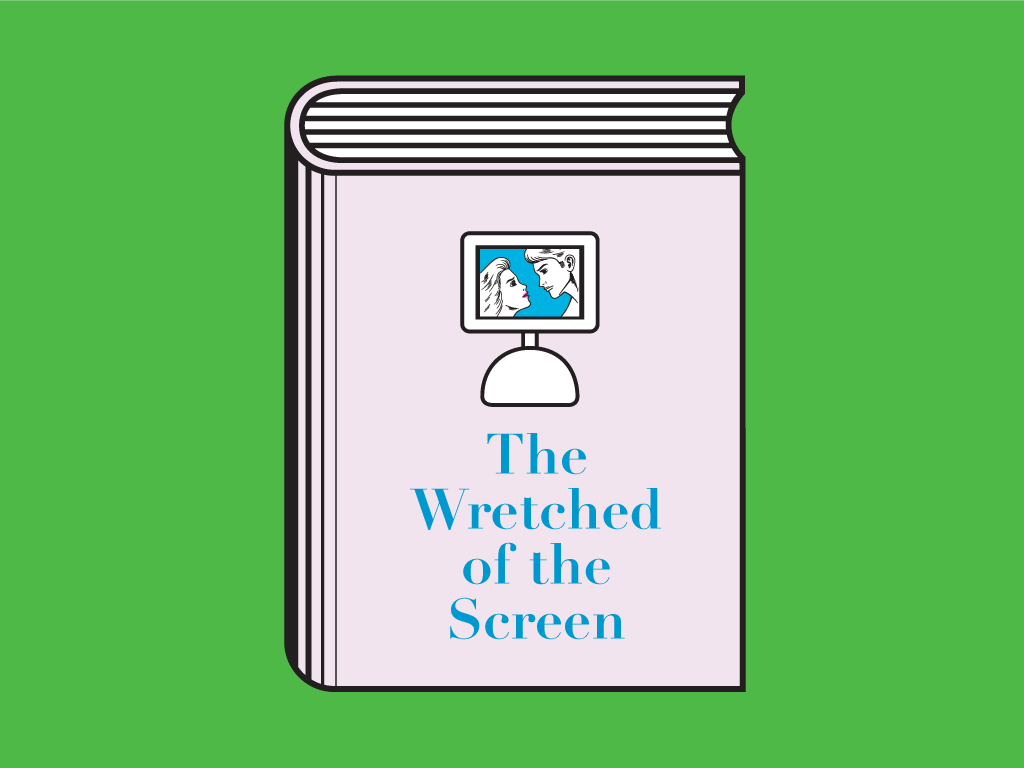
Sereina Rothenberger suggests:
e-flux journal: The Wretched of the Screen
Hito Steyerl
In Hito Steyerl’s writing we begin to see how, even if the hopes and desires for coherent collective political projects have been displaced onto images and screens, we must look frankly at the technology that seals them in. The Wretched of the Screen collects a number of Steyerl’s landmark essays in which she has steadily developed her very own politics of the image. Twisting the politics of representation around the representation of politics, these essays uncover a rich trove of information: on the formal shifts and distortions of accelerated capitalism; the art system as a vast mine of labor extraction and passionate commitment;, structural and literal violence; enchantment and fun; and of hysterical, uncontrollable flight through the wreckage of postcolonial and modernist discourses.
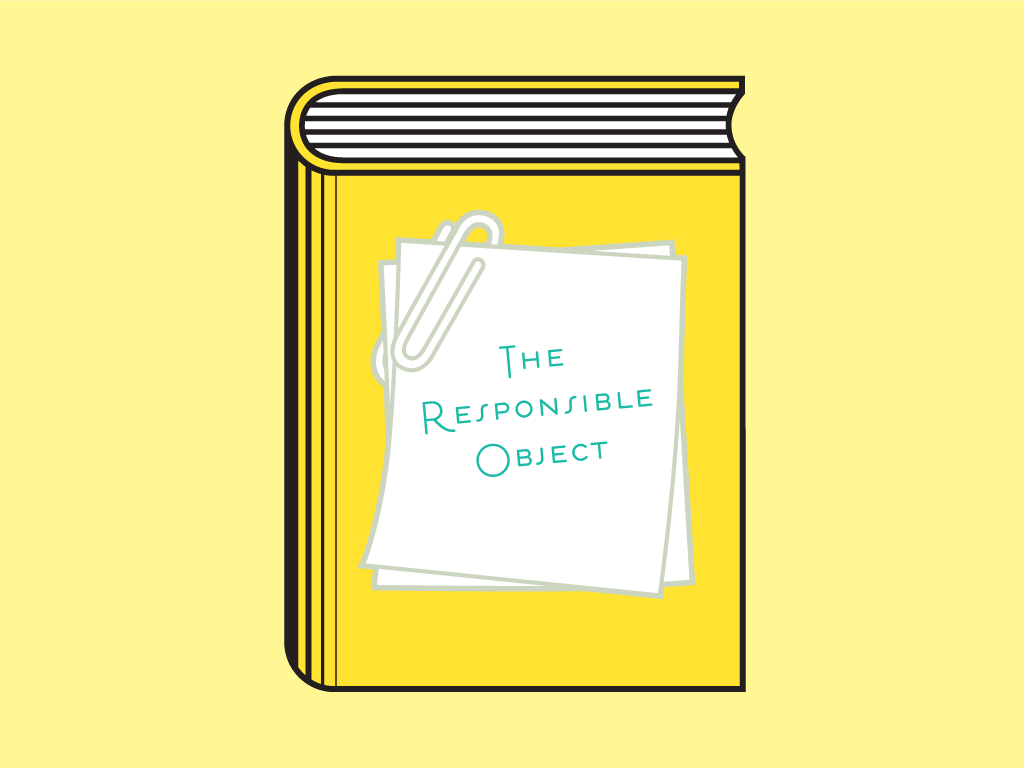
Silas Munro Suggests:
The Responsible Object: A History of Design Ideology for the Future
Marjanne Van Helvert
Marjanne Van Helvert assembles a rich team of authors to reframe contemporary calls for sustainability and social responsibility for what the are: echos of a much longer history of radical movements that date to the 19th century. From William Morris to Sheila Levrant de Bretteville and from VKhUTEMAS in 20th century Russia to FabLab makerspace in 21st Century Brazil, Responsible Object address many case studies in socially committed design practices. Though the selection still takes a very Western centric perspective, Ece Canli’s essay “Design History Interrupted: A Queer-Feminist Perspective” is a standout in this rich collection of design cannon disruptions.

Anne West suggests:
On Dialogue
David Bohm
As we meet this fragile world of shifting borders, ecologies and identities, and “us vs. them” divisiveness, what might support processes of deep listening and understanding? With this question in mind, I returned to this seminal text by physicist David Bohm. In this collection of Bohm’s essays and lectures from the 1970s and 1980s, he frames a perspective on dialogue as a process of communication that happens within people as well as between people. It arises as a creative movement in which one questions assumptions and does not permanently hold to opinions or defended ideas. Dia means “through” — it doesn’t mean “two.” It’s a stream of meaning flowing among and through and between us, out of which may emerge new understanding, as well as mutual appreciation and trust. A timely return for me and for our times.spy offers | NIKE RUNNING SALE


